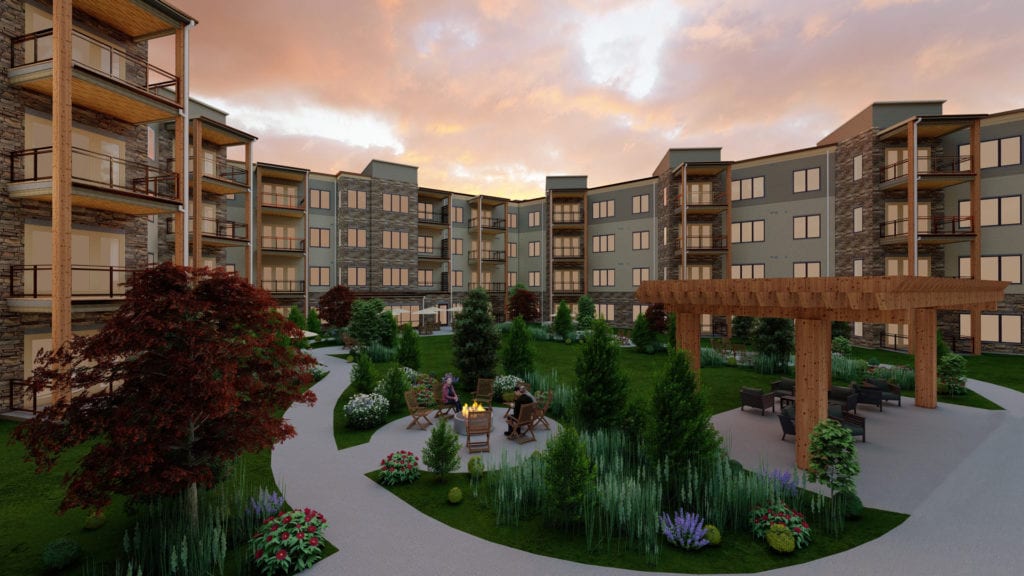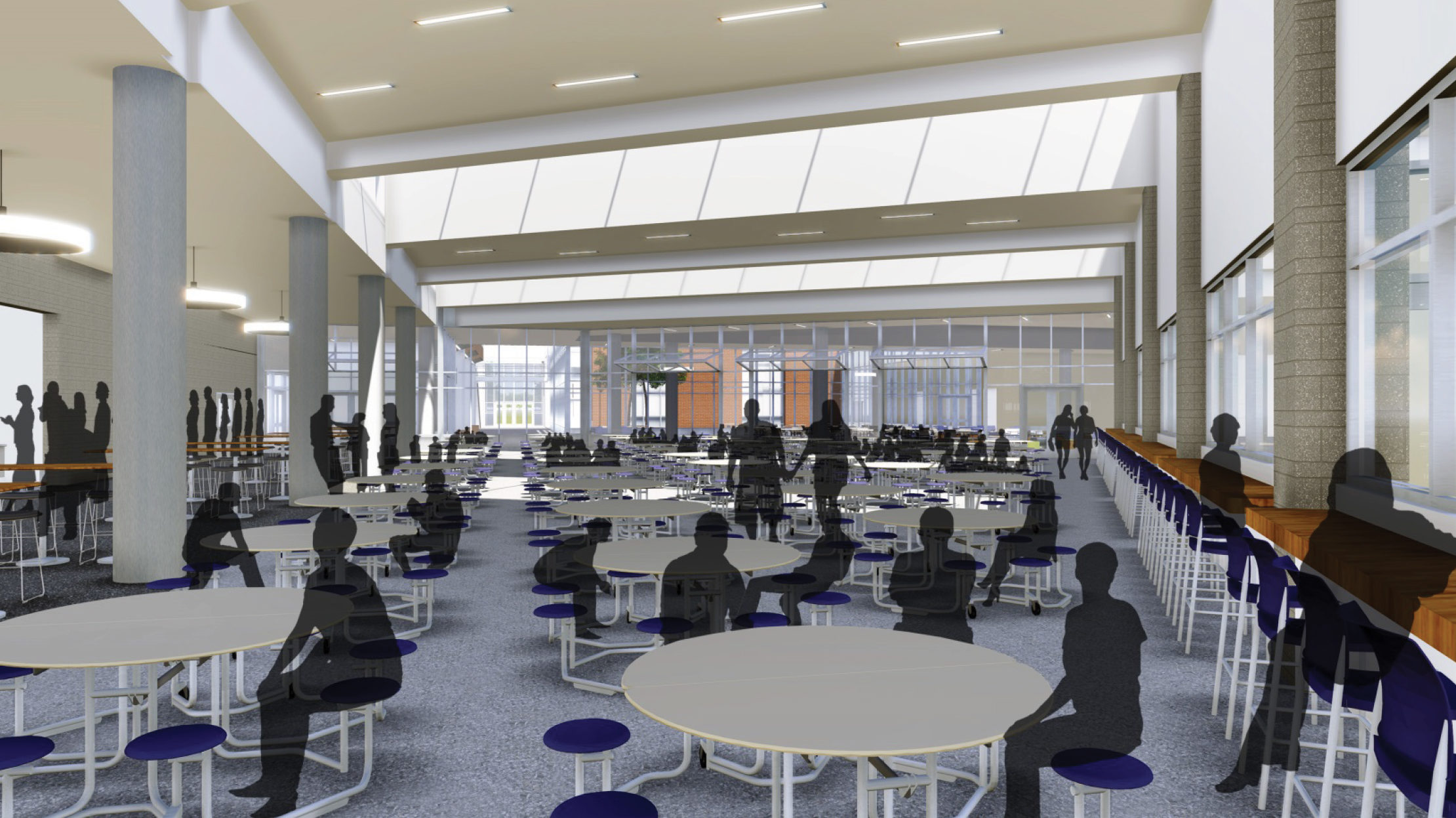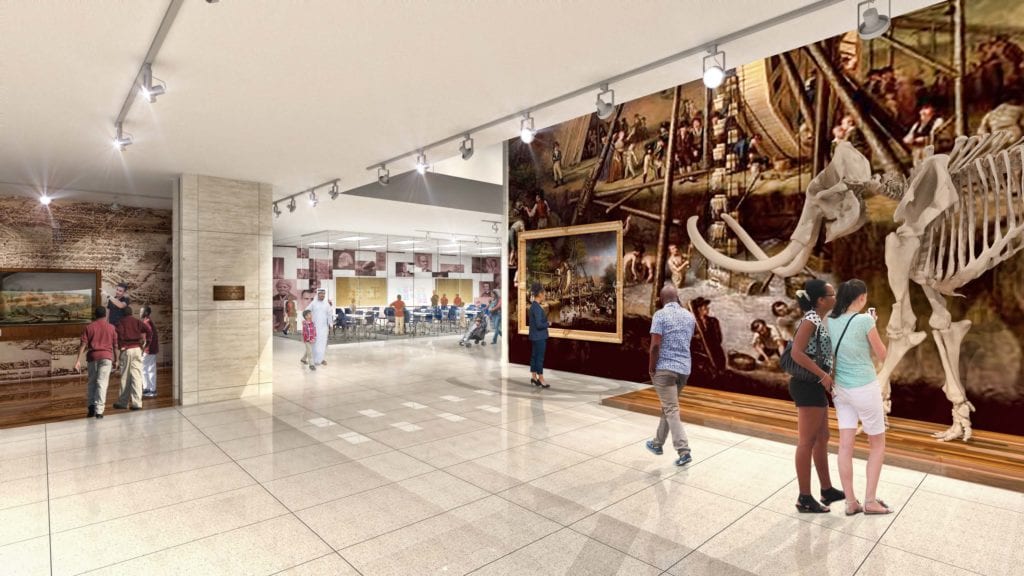Seeing the Future: Companies expand visualization services for clients
On top of the safety concerns, supply chain interruptions, shifting costs and occasional jobsite shutdowns, some clients faced an additional challenge in the midst of the COVID-19 pandemic — namely, new obstacles to pre-selling residential units.
For developers of senior living communities, that challenge was especially acute. Few people — especially among the vulnerable senior citizen population — wanted to visit sales centers or development sites. Many seniors who were planning a long-distance move, had little to no ability to travel and explore housing options.
That client challenge prompted Wohlsen Construction to “quicken our pace” in developing new technology capabilities, said Ed McCauley, Vice President of Operational Excellence.

Building on its BIM and graphics capabilities, Wohlsen created three digital services that allowed senior buyers to “walk” through apartments, visualize surrounding landscape and common areas in the development, and even help them select cabinets, countertops, paint colors and other custom finishes and see how they would look in a 3D depiction of their future apartment.
The 3D, high-tech services helped clients with presales. The new services also eased the construction challenges of accurately and efficiently completing a few hundred customized apartments within a single development.
Wohlsen’s initiative is part of a growing trend in the construction industry of leveraging BIM capabilities to deliver enhanced visualization services for clients. Among BC&E members, those services are doing everything from creating dazzling, high-impact videos for project stakeholders to expertly working out details of complex and specialized facilities.
“Creating 3D visualizations of mechanical rooms sounds boring but modeling the equipment, piping, conduit and everything else that goes in there helps create better design and function. For example, it gives seasoned, institutional clients a better opportunity to share their expertise on how their facilities work so we can tailor the design,” said Eric Feiss, Principal at GWWO Architects.

3D visualizations can help clients understand how a less-conventional design might serve their goals especially well. Feiss pointed to the example of a high school replacement project. The old school’s cafeteria was a rectangle with large columns in the middle and “school administration was very accustomed to how they organized staff to supervise lunch periods.” Consequently, the proposed trapezoidal cafeteria in the new school left administrators questioning sightlines and supervisory needs. 3D modelling and visuals, however, demonstrated that just two staff could fully supervise the new cafeteria — down from six in the old one.
Utilized early in a project, visualization services can also help clients better understand the impact of different design options.
“Our preconstructions services people can use these technologies to help clients understand the decisions that need to be made and the challenges that a particular design may create in the construction process,” McCauley said. “Being able to render what-if options will help our clients make decisions that will ultimately better serve their vision for their building project.”
For some clients, GWWO has expanded its visualization services further. Institutional, cultural and nonprofit clients often need to complete fundraising campaigns for their construction projects.
“Visuals bring a space to life,” Feiss said, so GWWO uses visualization technologies to create realistic renderings, 3D models, video fly-throughs and virtual reality tours of proposed projects. It will even help clients craft fundraising materials, including “personalized fundraising material that is focused on a specific foundation or individual.”

For example, one longtime supporter of a small museum which was embarking on a renovation project, had always loved the museum store and regularly did her Christmas shopping there. So GWWO created visuals of the renovation plan for the museum store to show to that supporter. The effort netted the museum a fresh donation.
At Wohlsen, expanded preconstruction services are also helping preconstruction teams elevate contract proposals and have already contributed to some project wins, McCauley said. He anticipates the service offerings will continue to expand and aid a broader range of clients.
“If you think about a medical facility, a nurse’s station, we will be able to show them different options and allow them to analyze what the flow would be like around that station and determine if it is an efficient layout,” McCauley said. “With the technology that is available today, if you are rendering configurations, it is pretty simple to move that rendering from the screen into virtual reality. Then you could allow the client to experience the design in a more immersive way. I think that’s exciting.”
At the 2021 Engineering News-Record BuildTech Conference, Gilbane’s Vice President and Director of Healthcare Brian Garbecki gave a presentation on the value of creating “VR mock-ups [that] can help clients and end-users ‘walk through’ healthcare spaces before anything is built. This can visually illustrate potential issues and design opportunities that may not be obvious on a two-dimensional plan.”
Gilbane has already partnered with the American Society of Health Care Engineering (ASHE) to develop VR as a training tool for ASHE certification. Garbecki described VR as a “more impactful way to learn [about healthcare construction] before any construction begins.”